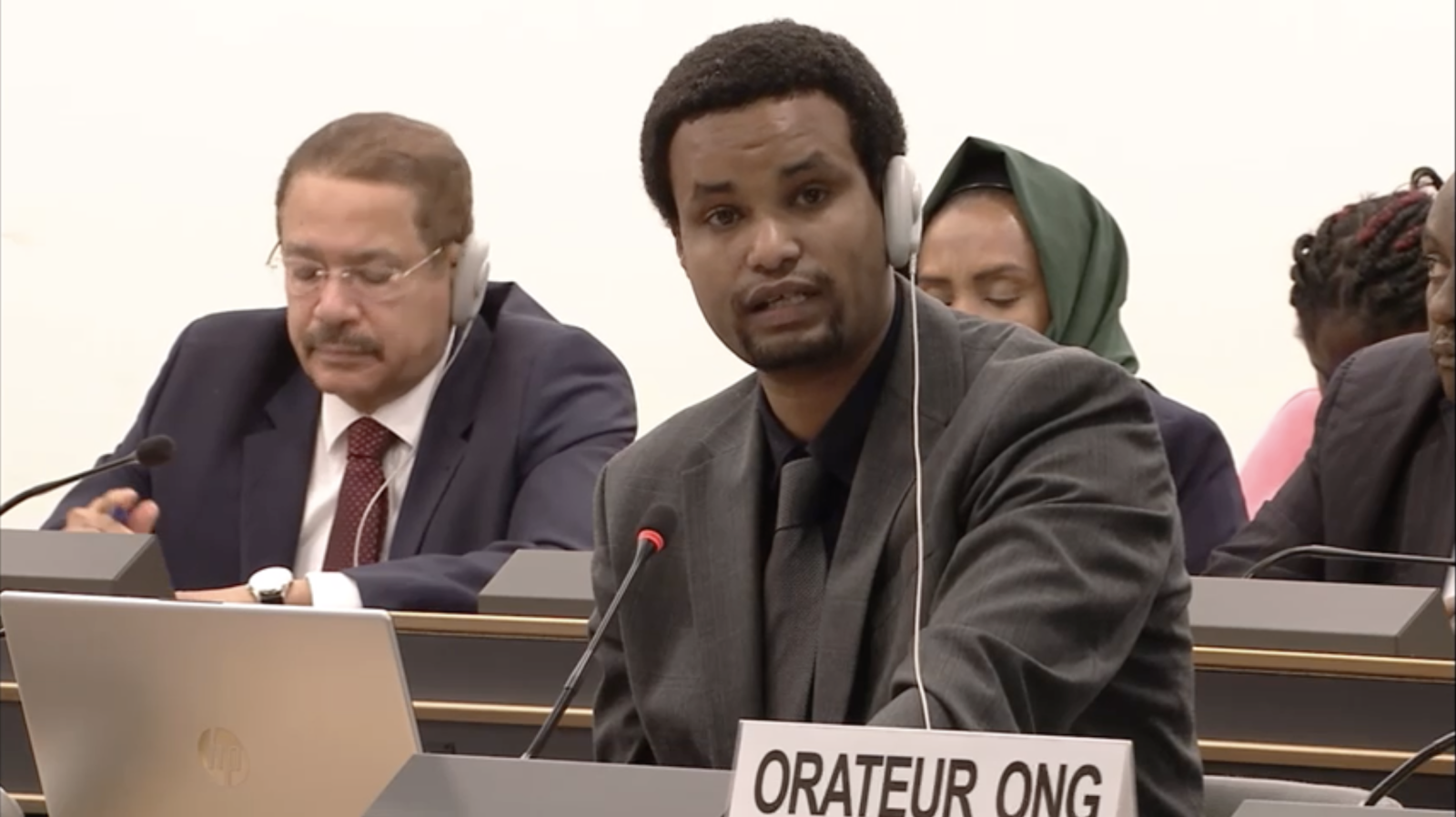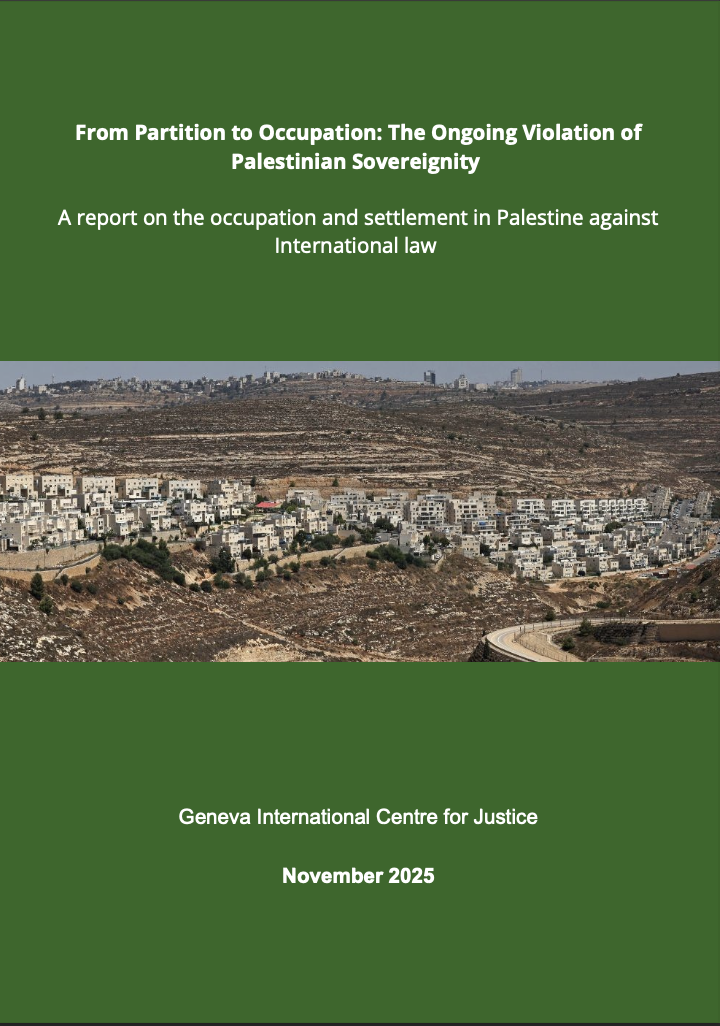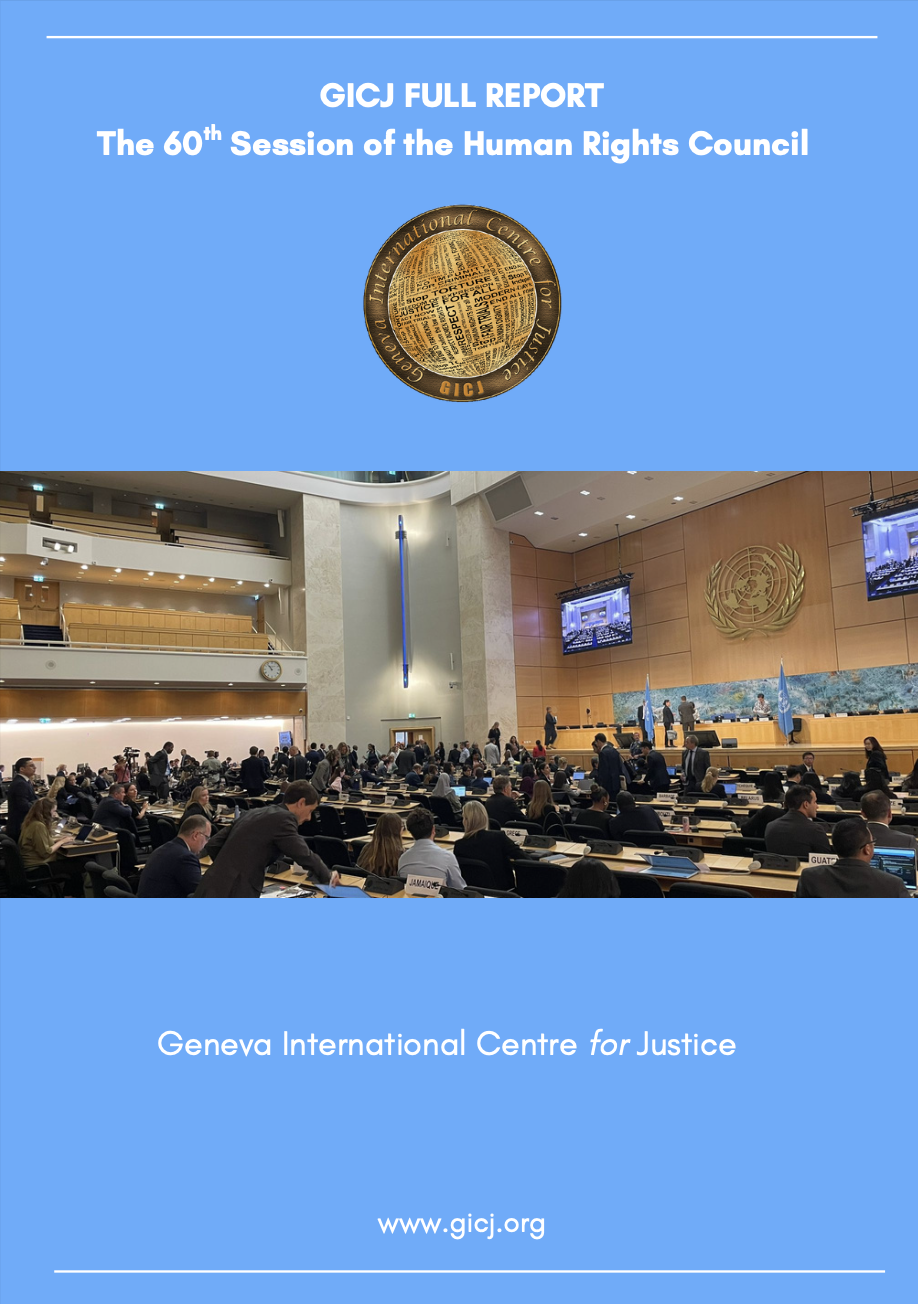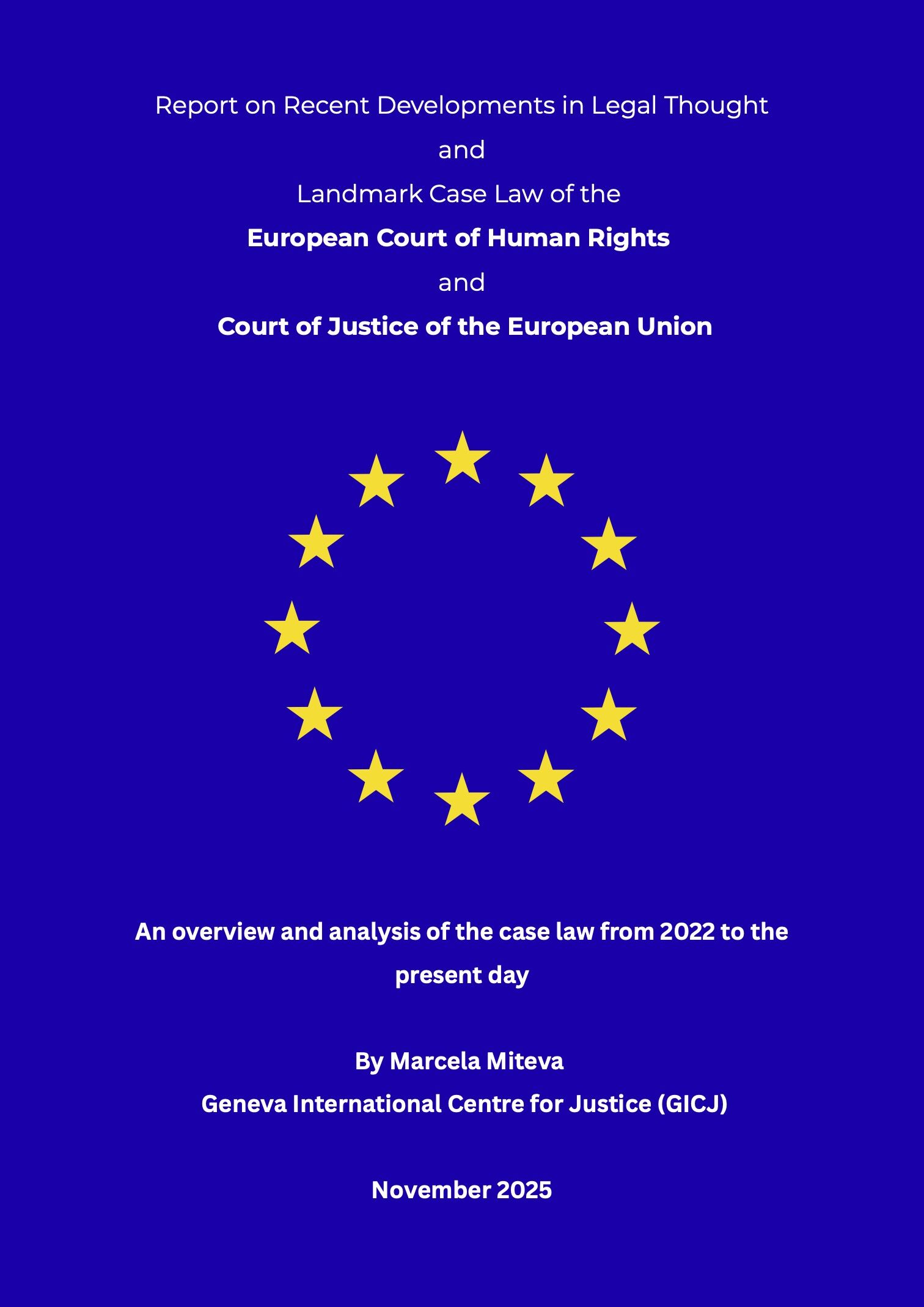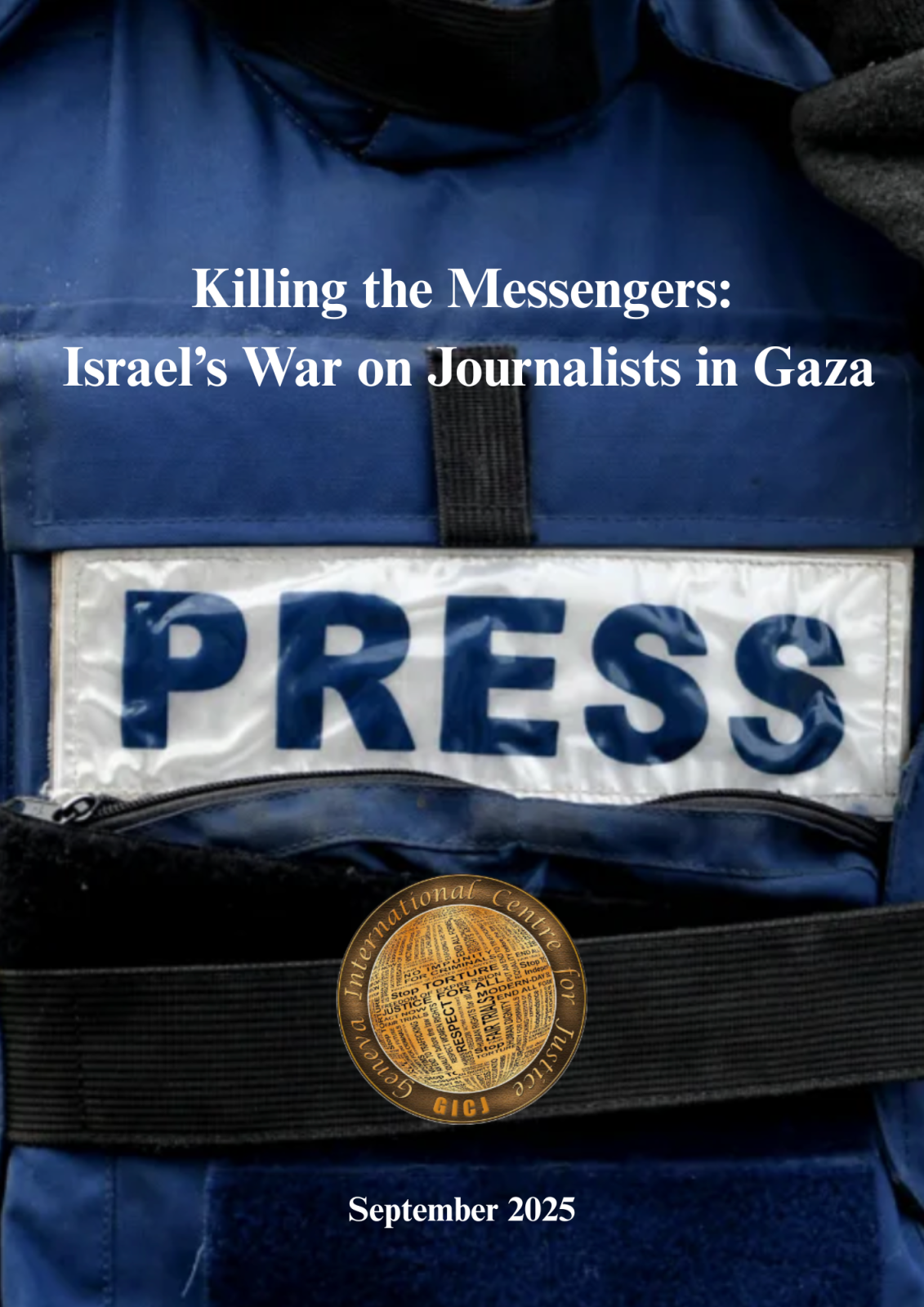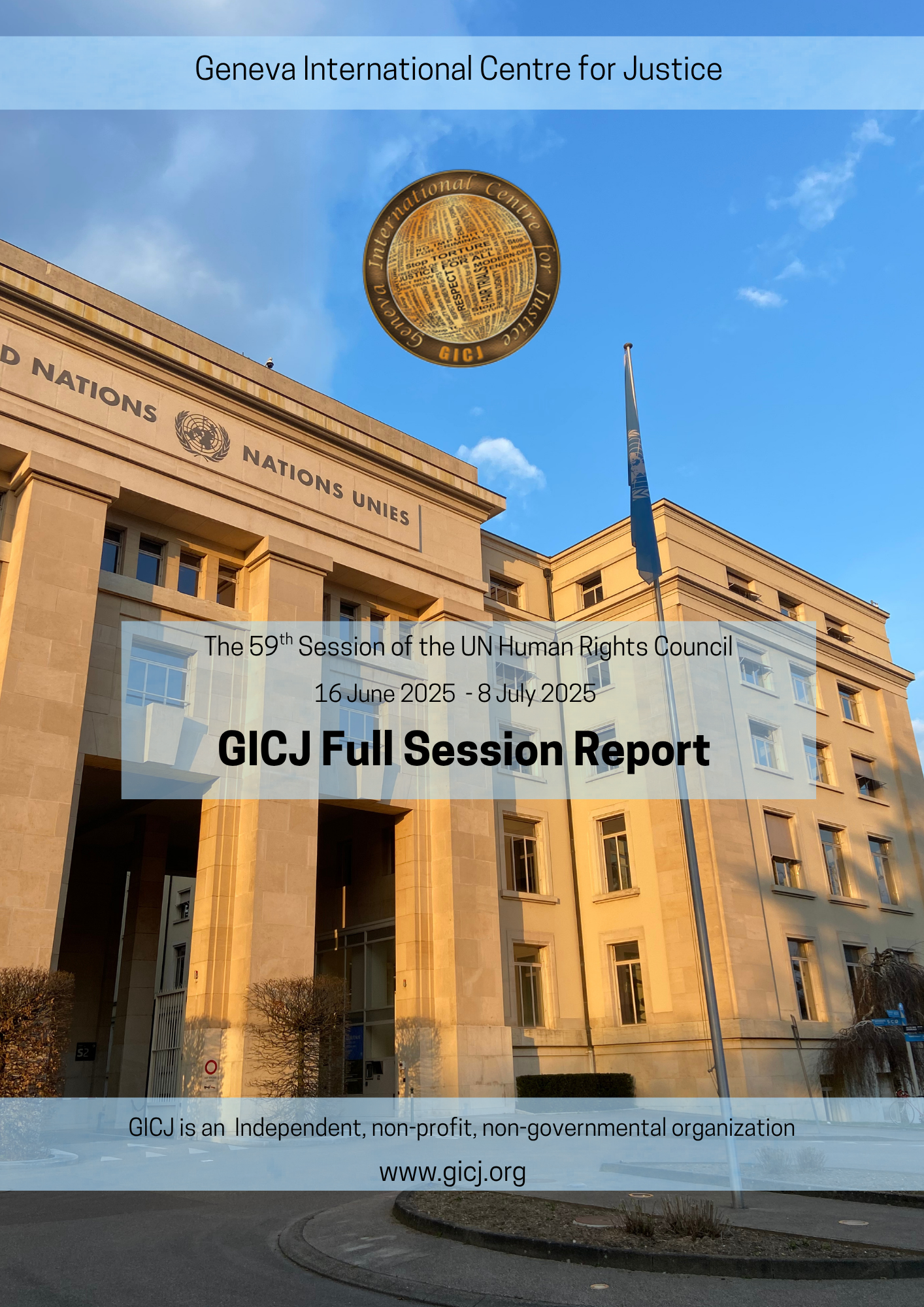By: Alejandro Fernández / GICJ
June 12 every year, we celebrate the “World Day Against Child Labour”. Launched by the International Labour Organization (ILO) in 2002, the date was designated to “[…] to help spread the message that child labour remains a serious problem and that we must do more to combat it […]”[1]
What is child labour?
Child labour does not refer to any kind of job performed by a child. It could be beneficial for children -especially during adolescence- to engage in work as long as it does not affect their health or interfere with their education. Helping with the house chores, assisting in a family business or working for some extra money outside school hours can have a positive impact in children’s development, insofar as it teaches them skills and responsibility, and prepares them for work during adulthood.[2]
The term “child labour” refers only to the type of work which is harmful for children’s physical or mental health, hampers their development or undermines the full enjoyment of their childhood years.[3] According to ILO standards, child labour will encompass work which:
"1. is mentally, physically, socially or morally dangerous and harmful to children; and/or
2. interferes with their schooling by: depriving them of the opportunity to attend school; obliging them to leave school prematurely; or requiring them to attempt to combine school attendance with excessively long and heavy work."[4]
ILO Convention No. 138 defers to States the decision to determine the minimum age for employment, as long as it is not below the age of completion of compulsory schooling, or 15 years in any case.[5] However, States whose education system is not yet sufficiently developed may lower the minimum age to 14 after conducting consultations with organizations of employers and workers.[6] For jobs which are likely to jeopardize the worker’s health, safety or morals, the minimum age shall be always 18.[7]
ILO Convention No. 182 defines the worst forms of child labour as:
(a) all forms of slavery or practices similar to slavery, such as the sale and trafficking of children, debt bondage and serfdom and forced or compulsory labour, including forced or compulsory recruitment of children for use in armed conflict;
(b) the use, procuring or offering of a child for prostitution, for the production of pornography or for pornographic performances;
(c) the use, procuring or offering of a child for illicit activities, in particular for the production and trafficking of drugs as defined in the relevant international treaties;
(d) work which, by its nature or the circumstances in which it is carried out, is likely to harm the health, safety or morals of children.[8]
Involvement of children in this type of labour must be banned by law, and ratifying States must take appropriate steps to ensure its eradication.[9] ILO Recommendation No. 190 gives some examples of what should be understood as hazardous work in the terms of article 3.d:
- work which exposes children to physical, psychological or sexual abuse;
- work underground, under water, at dangerous heights or in confined spaces;
- work with dangerous machinery, equipment and tools, or which involves the manual handling or transport of heavy loads;
- work in an unhealthy environment which may, for example, expose children to hazardous substances, agents or processes, or to temperatures, noise levels, or vibrations damaging to their health;
- work under particularly difficult conditions such as work for long hours or during the night or work where the child is unreasonably confined to the premises of the employer.
In 2020, Convention No. 182 became the first labour standard in ILO history to achieve universal ratification, with all 187 member States adhering to the treaty,[10] reflecting the overwhelming commitment of the international community to abolish child labour.
What is the current situation of child labour?
According to data gathered by the ILO between 2012 and 2016, there are approximately 152 million children engaged in harmful labour.[11] Child labour is more prevailing in Africa, which concentrates 19.6% of the total, followed by Asia and the Pacific, with 7.4%, and then the Americas, with 5.3%, Europe and Central Asia, with 4.1% and the Arab States, with 2.9%.[12] Regarding gender distribution, 58% are boys and 42% girls.[13] Girls, however, tend to be more vulnerable to sexual exploitation.[14]
Agriculture, mostly subsistence and commercial farming and livestock herding, is the activity that employs the most children, with 71%. Although industry and services remain far from this number, their relative weight is likely to increase in some regions, as climate change displaces families from their homes in the countryside into urban areas.[15]
What causes child labour?
Though poverty is often a driving factor of child labour, cultural expectations of work as a natural and appropriate thing for the child to do also push children into the labour market. Other factors can be belonging to a very large family, economic development and modernization, migration, and HIV/AIDS orphanhood.[16]
In fact, the role of poverty in causing or multiplying child labour is still the object of much debate. To better understand this issue, we need to distinguish between poor households and poor countries or communities. Poor countries will most normally exhibit higher rates of child labour.[17] First, because they will have a higher number of households in extreme poverty, but also because they are likely to display the socioeconomic patterns that are most inducive of child labour. Those patterns are:
- “Widespread expectations in favour of child labour”, as fewer opportunities available for children with an advanced education will likely convince parents that children’s time will be better used at work.
- “Lower productivity work systems”, as low productivity tasks are normally seen as more appropriate for children.
- “Lower quality or less accessible education systems”; high-quality education tends to be expensive and poor countries will often be unable to afford it. Hence, parents will have fewer chances to keep their children in school.[18]
Conversely, household income does not hold such a direct relation with child labour as national income. Children in poorer households with less access to employment might not be working even if their parents would like them to.[19]
There are numerous other household factors which may influence a children to work; among them single-parent families, family illness or disability, unsupportive families, low level of education, exclusion deriving from belonging to a racial or ethnic minority, economic crisis, political and social transition, etc.[20]
What can be done to end child labour?
As a first step, it is essential to sensitize public opinion. Politicians, the media, the business sector and even parents have to be convinced that child labour is a problem. It is key to show that child labour does not constitute an acceptable source of additional income for families or a practical way to learn a trade, and that there are viable alternatives for the use of a child’s time.[21]
Just as important is the enactment of legislation establishing a minimum age for employment, determining that hazards children below the age of 18 should not be exposed, and clearly banning and criminalizing unacceptable practices such as trafficking of children, child prostitution and pornography.[22]
Legislation would be of little use without ensuring enforcement of existing statutes, by training labour inspectors, endowing their offices with enough staff and resources, and facilitating their collaboration with the police when child labour constitutes a criminal offence.[23]
Moreover, States must ensure compulsory and free education at least until the minimum age of employment. This includes heavy investment in the school system, training teachers and adapting the curriculums to local needs and realities.[24]
It will be difficult, however, to expand access to education without also providing support for children and their families. Children who were engaged in the worst forms of child labour will need rehabilitation before they can successfully re-join the school system, and those coming from poor households that depend on the child’s income for their survival require incentives and subsidies to encourage parents to send them back to school.[25]
2021: International Year for the Elimination of Child Labour
Even though between 2000 and 2016 there was a 38% decrease in child labour globally,[26] the challenge remains formidable. If progress continues with the present pace, the target laid down in the Sustainable Development Goals of eliminating child labour in all its forms by 2025[27] will not be achieved.[28]
With this in mind, UN General Assembly resolution 73/327, passed on 25 July 2019, declared 2021 the International Year for the Elimination of Child Labour, inviting:
"[…] all Member States, organizations of the United Nations system, other international and regional organizations and civil society, including non-governmental organizations, individuals and other relevant stakeholders, to observe the International Year, as appropriate, through activities aimed at raising awareness of the importance of the eradication of child labour, and to share best practices in this regard"[29]
Many international organizations have been and will continue to host events, release publications and implement programmes in line with the declaration of the international year for the Elimination of Child Labour, among them UNICEF,[30] the African Union,[31] the European Union,[32] the UN Global Compact,[33] and the ILO.[34]
Alliance 8.7, a global partnership of countries, international and regional organizations, workers’ organizations, employer and business membership organizations, civil society organizations and academic institutions committed to the eradication of child labour,[35] has made a call for action to eliminate child labour and will be organizing events to promote visibility, exchange good practices and disseminate data.[36]
GICJ position
There is little controversy around the need to abolish child labour in all its forms. Unlike many other human rights issues, the fight against child labour has reached a universal commitment that cuts across regions, ideologies and geopolitics. However, in spite of this overwhelming consensus, the number of children at work, specially in the worst forms of child labour, remains alarming, and a lot is yet to be done before the world can be ridden from this scourge.
As long as families around the world live in a state of extreme poverty in which their very survival depends on every penny each of their members can bring, there will be little hope for child labour to end. In that sense, fighting child labour and fighting extreme poverty are two sides of the same coin.
States need to send a clear message that child labour is unacceptable. Trade cannot be conducted with any company that employs children. Trafficking and sexual exploitation of children need to be punished with severity. Compulsory education cannot be a rule rather than an expectation; governments should monitor school attendance and enquire every time a child is absent for a significant period of time. If the child’s family is facing difficulties, financial support should be given to them.
Geneva International Centre for Justice commends ILO’s consistent efforts to eradicate child labour and welcomes the universal endorsement showed by the international community. We hope all countries, rich and poor, and from all regions and political systems, continue cooperating closely to make child labour a sad memory that we know only from books.
---------------------------------------------------------------------------------------------------
[1] https://www.ilo.org/global/about-the-ilo/newsroom/news/WCMS_007774/lang--en/index.htm
[2] https://www.ilo.org/ipec/facts/lang--en/index.htm
[3] Ibid.
[4] Ibid.
[5] C138 - Minimum Age Convention, 1973 (No. 138), art. 2.
[6] C138 - Minimum Age Convention, 1973 (No. 138), art. 2.4.
[7] C138 - Minimum Age Convention, 1973 (No. 138), art. 3.
[8] C182 - Worst Forms of Child Labour Convention, 1999 (No. 182), art 3.
[9] C182 - Worst Forms of Child Labour Convention, 1999 (No. 182), art 1, 6 and 7.
[10] https://www.ilo.org/global/about-the-ilo/newsroom/news/WCMS_765049/lang--en/index.htm
[11] Global estimates of child labour: Results and trends, 2012-2016, International Labour Office (ILO), Geneva, 2017, 5.
[12] Ibid. 5.
[13] Ibid. 5.
[14] Child Labour: A textbook for university students, International Labour Organization 2004, 142.
[15] Global estimates of child labour: Results and trends, 2012-2016, supra note 11, 12.
[16] Child Labour: A textbook for university students, supra note 14, 31.
[17] Ibid. 84.
[18] Ibid. 85.
[19] Ibid.
[20] Ibid. 87.
[21] Eliminating the worst forms of child labour: A practical guide to ILO Convention No. 182. Handbook for parliamentarians No. 3, 2002, 43.
[22] Ibid. 44.
[23] Ibid. 45.
[24] Ibid. 46.
[25] Ibid. 47.
[26] https://www.ilo.org/global/about-the-ilo/newsroom/news/WCMS_713925/lang--en/index.htm
[27] Sustainable Development Goals, target 8.7
[28] Global estimates of child labour: Results and trends, 2012-2016, supra note 11, 12.
[29] UNGA, Res. 73/327, International Year for the Elimination of Child Labour, 2021, A/RES/73/327
[30] https://www.unicef.org/media/96291/file/UNICEF-Child-Labour-2021-Brief.pdf
[31] https://au.int/en/newsevents/20210331/launch-international-year-elimination-child-labour-africa-and-accelerate
[32] https://ec.europa.eu/international-partnerships/stories/2021-international-year-elimination-child-labour-its-time-step-our-commitments-and-end-child_en
[33] https://www.unglobalcompact.org/news/4683-01-21-2021
[34] https://www.ilo.org/global/about-the-ilo/newsroom/news/WCMS_766351/lang--en/index.htm
[35] https://www.alliance87.org/wp-content/uploads/2019/04/Alliance87_Brochure_EN_Web_181012.pdf
[36] https://www.alliance87.org/year-2021/




